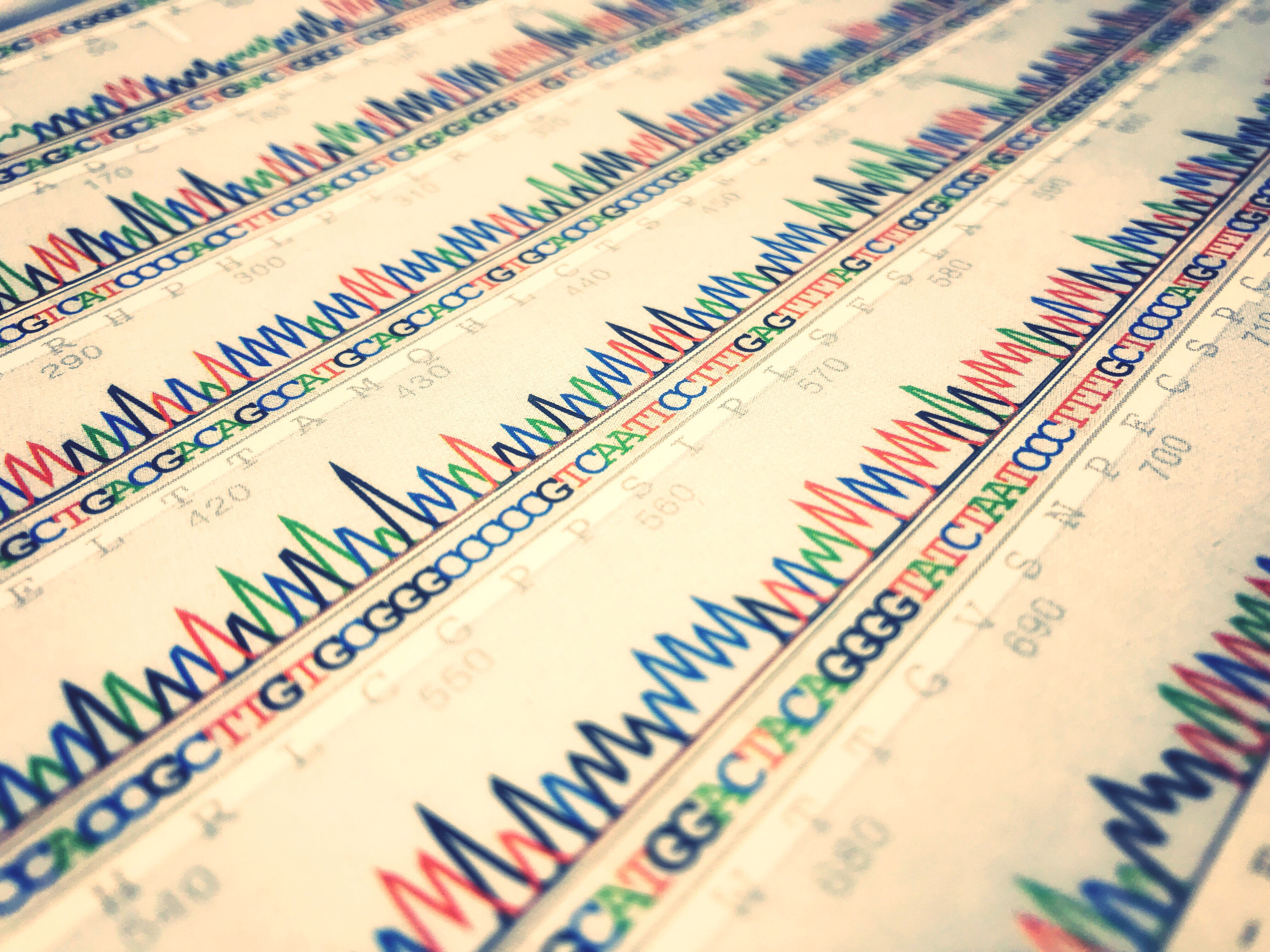- Agriculture
- Antibiotic/anti-viral
- Biologics
- Biomarkers
-
By Clinical Application
- Anesthesiology
- Blood & Lymphatic Disease
- CNS & Neurosciences
- Dermatology
- Diabetes, Metabolism, Endocrinology & Obesity
- Ear, Nose, & Throat
- Emergency Services
- Gastroenterology & Digestive Disease
- General & Plastic Surgery
- Health Education, Medical Training and Operations
- Heart and Vascular
- Immunology, Autoimmune & Inflammation
- Infectious Diseases
- Mental Health
- Multiple clinical applications
- Musculoskeletal Disorders, Orthopedics/Bone
- Nephrology/Renal
- Oncology
- Ophthalmology
- Orphan Diseases x
- Pediatrics
- Physical Medicine & Rehabilitation
- Radiology
- Regenerative Medicine / Tissue Engineering
- Reproductive Health: Obstetrics & Gynecology
- Respiratory & Pulmonary
- Surgery
- Transplantation
- Urology
- Wound Healing
- COVID-19
- Creative Works
- Diagnostics
- Drug Delivery
- Drug screening and discovery
- Energy, Cleantech & Environmental
- Engineering & Physical Sciences
- Gene therapy
- Imaging
- Materials
- Medical Devices
- Nutraceuticals
- Other
- Research & Design Tools
- RNAi/siRNA
- Sensors & Controls
- Small molecules
- Software & Information Technology
- Stem Cells
- Vaccines
- Veterinary Medicine
Gene therapy for long-term treatment of Pompe disease
Unmet Need Pompe disease is a rare heritable disorder impacting heart and skeletal muscle function with an estimated incidence rate of 1 in 40,000 births in the US. Of these affected births, a third take…
Gene therapy for ATP1A3-Related Neurologic Disorders
Unmet Need Children with Alternating Hemiplegia of Childhood can have episodes of temporary paralysis, dystonia, and severe behavioral problems. The prevalence of AHC is estimated to be 1 in one million to 1 out of…
A tool to facilitate high affinity binding between beta-Arrestin and GPCR
Unmet Need Beta-arrestins are a highly conserved family of cytosolic adaptor proteins that contribute to a multitude of physiological functions through a canonical interaction with various G protein-coupled receptors (GPCRs). Through agonist binding to GPCRs,…
Muscle mass influences upon response to therapy
Duke University is seeking a company interested in commercializing a drug treatment method for enhancing lysosomal storage disease therapy by modulating cell surface receptor expression. Lysosmal storage diseases (LSDs), including Pompe disease, Gaucher disease, Farby…
A method of screening and monitoring glycogen storage diseases with a single biomarker
Unmet Need Glycogen storage disease type I (GSD I) is an autosomal recessive inherited disorder of carbohydrate metabolism associated with life threatening fasting hypoglycemia, and significant morbidity and mortality. Currently, the standard of care therapy…
Method for treating glycogen storage disease
The present disclosure is directed to methods of treating a cytoplasmic glycogen storage disorder, including glycogen storage disease I, glycogen storage disease III, glycogen storage disease IV, and/or conditions associated with a PRKAG2 mutation, by…
MEK inhibitors as therapeutic agents and diagnostic tools for hemoglobinopathies, including thalassemia
Value Proposition Patients with sickle cell disease experience acute vaso-occlusive “crises”, which lead to significant pain, multiple organ damage, and eventually organ failure. Such crises are caused largely by their abnormal sickle red blood cells,…




